Plaza de Armas
Built on the remains of one the Incas’ most important gathering spots, this square keeps the spirit of a fallen empire alive.
Located high in the Andes, Cusco was the capital and cultural heart of the Inca Empire, with the city’s modern day Plaza de Armas serving as one of the empire’s most important and beloved gathering spots.
The Great Inca Square that preceded Plaza de Armas was twice the size of the modern day plaza that occupies the land today and was home to regular meditation ceremonies that were performed by Inca nobility. These ceremonies typically ended in tears, giving the original square the name Huacaypata, which translates to “place of crying” in Quechua—the indigenous and primary language of the Inca.
While the Spanish greatly transformed Huacaypata, destroying native temples and buildings and replacing them with churches and mansions, the site has remained an important hub of social, political, and religious life for the people of Cusco, particularly as they fought for freedom from their Spanish oppressors.
The famed rebel leader Jose Gabriel Tupac Amaru, who piloted a late 18th-century uprising against the Spanish colonists, was executed by dismemberment in the plaza in 1781 as a violent and public warning to others that may have been inclined to follow in his footsteps. Today, the death and memory of Tupac Amaru—who became a mythical figure in the Peruvian struggle for independence—is honored with a statue in the center of the square.
Beyond political importance, Plaza de Armas is anchored by two of the city’s most well-known religious buildings: the Church La Compañía de Jesús and the Cathedral Basilica of the Assumption of the Virgin.
The Cathedral Basilica of the Assumption of the Virgin, also known as the “Cathedral of Santo Domingo” or simply as “the cathedral” was the first cathedral built in the city. Construction started in 1559 on the grounds of the Inca’s Kiswarkancha temple and the Spaniards actually used stones from dismantled Inca temples that lined the square to build the church, which was finished in 1654. It’s especially famous for its one-of-a-kind depiction of The Last Supper, with Jesus and his disciples dining on a guinea pig, a traditional Peruvian dish.
Know Before You Go
Although much of the Great Inca Square has been lost to time, Plaza de Armas is still a perfect way to reflect on the history and former glory of the Inca Empire and gain a better, deeper appreciation for what makes modern-day Cusco so special.

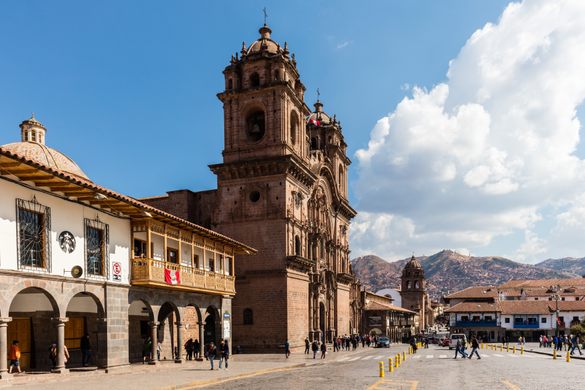
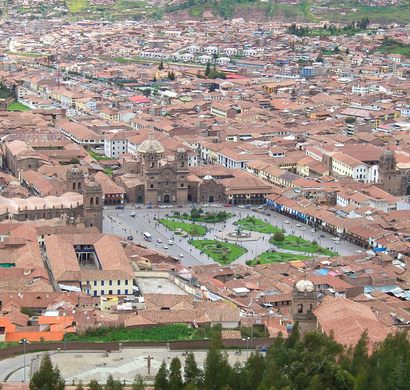
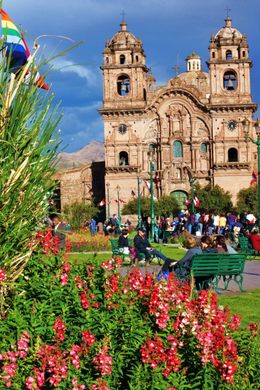
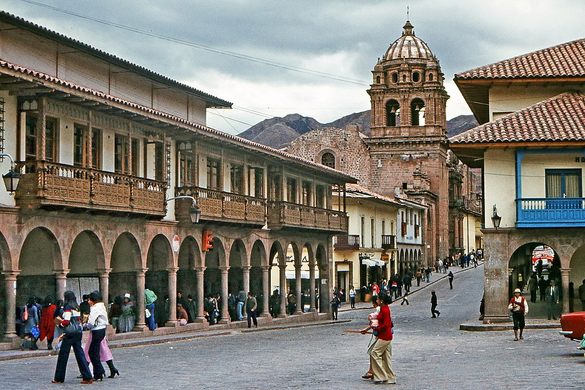



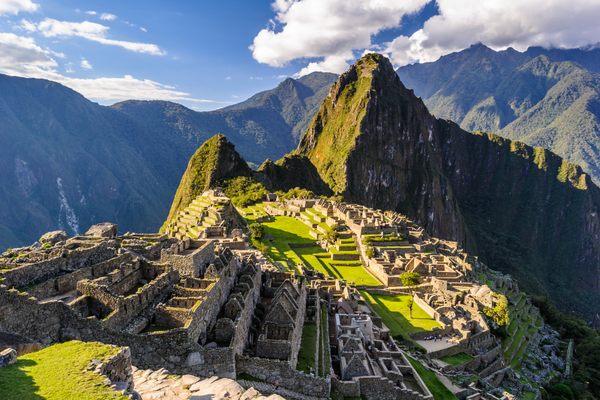






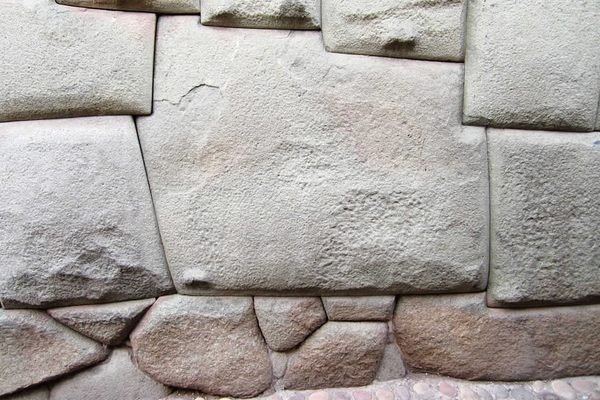


Follow us on Twitter to get the latest on the world's hidden wonders.
Like us on Facebook to get the latest on the world's hidden wonders.
Follow us on Twitter Like us on Facebook